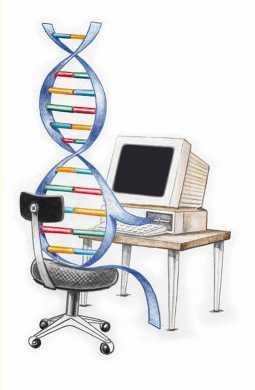It has long been hypothesized that operating close to the critical state is beneficial for natural, artificial and their evolutionary systems. We put this hypothesis to test in a system of evolving foraging agents controlled by neural networks that can adapt agents' dynamical regime throughout evolution. Surprisingly, we find that all populations that discover solutions, evolve to be subcritical. By a resilience analysis, we find that there are still benefits of starting the evolution in the critical regime. Namely, initially critical agents maintain their fitness level under environmental changes (for example, in the lifespan) and degrade gracefully when their genome is perturbed. At the same time, initially subcritical agents, even when evolved to the same fitness, are often inadequate to withstand the changes in the lifespan and degrade catastrophically with genetic perturbations. Furthermore, we find the optimal distance to criticality depends on the task complexity. To test it we introduce a hard and simple task: for the hard task, agents evolve closer to criticality whereas more subcritical solutions are found for the simple task. We verify that our results are independent of the selected evolutionary mechanisms by testing them on two principally different approaches: a genetic algorithm and an evolutionary strategy. In summary, our study suggests that although optimal behaviour in the simple task is obtained in a subcritical regime, initializing near criticality is important to be efficient at finding optimal solutions for new tasks of unknown complexity.
翻译:长期以来,人们一直假设接近临界状态对于自然、人工及其进化系统都是有益的。我们在一组由神经网络控制的进化觅食策略代理系统中测试了这个假设,该神经网络可以在进化期间适应代理的动态体制。令人惊讶的是,我们发现所有发现解决方案的种群都进化成了亚临界状态。通过弹性分析,我们发现最初接近临界体制的代理在环境变化(例如寿命)下仍然保持其适应度水平,并且在其基因组被扰动时能够优雅地降级。同时,即使进化到了相同的适应度水平,最初亚临界的代理在无法承受寿命变化时也往往不够适用,基因扰动后的降级是灾难性的。此外,我们发现离关键状态的最佳距离取决于任务复杂度。为了测试这一假设,我们引入了一个简单任务和一个复杂任务:对于复杂任务,代理进化得更接近临界状态,而简单任务则更多地找到亚临界解。我们验证了我们的结果不会因不同的进化机制而改变,这些机制在根本上是不同的方法:遗传算法和演化策略。总之,我们的研究表明,尽管在简单任务中通过亚临界状态获得最优行为,但在找到未知复杂度的新任务的最优解决方案时,接近临界体制很重要。

